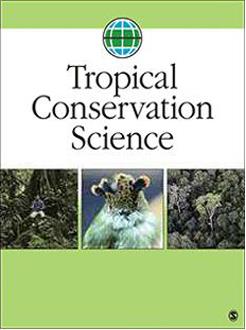Oaxaca state is one of the main hotspots of biodiversity in Mexico, containing almost 40% of the Mexican vascular flora, due to its high variability in habitat and climatic conditions coupled with high elevations in mountains and low elevations in valleys. We studied the genetic diversity and population structure of Quercus candicans, Quercus crassifolia, and Quercus castanea across their geographical distribution in Oaxaca state to understand how the heterogeneous physiography had driven the genetic diversity and population differentiation in these three oak species. We found high levels of genetic diversity but ca. 40% of the populations had significant values of Wright’s inbreeding coefficient. The analysis of molecular variance indicated that most of the variation occurred within populations in the three oak species. Resistance analyses showed connectivity among almost all the populations but barrier analysis found genetic breaks that limited gene flow among some populations of the oak species. Even in a heterogeneous environment such as in Oaxaca state, the oak species still have high levels of genetic diversity and landscape connectivity. However, it is necessary to maintain the genetic connectivity through the preservation of natural corridors with forests in good condition, which is necessary to maintain the cohesiveness of the species in the long term. It is also important to protect the centers of species diversity in Oaxaca state located in the subprovinces of Western Oaxacan Mountains and Valleys, Sierra Madre de Oaxaca, and Sierra Madre del Sur because they harbor most of the population genetic diversity and oak species richness, as has been shown in previous studies.
How to translate text using browser tools
1 January 2020
High Genetic Diversity and Connectivity Among Populations of Quercus candicans, Quercus crassifolia, and Quercus castanea in a Heterogeneous Landscape in Mexico
Ken Oyama,
Wilfrido Ramírez-Toro,
Juan Manuel Peñaloza-Ramírez,
Alberto Esteban Pérez Pedraza,
César Andrés Torres-Miranda,
Eduardo Ruiz-Sánchez,
Antonio González-Rodríguez

Tropical Conservation Science
Vol. 11 • No. 1
March 2018
Vol. 11 • No. 1
March 2018
conservation genetics
genetic connectivity
Genetic diversity and structure
Mexico
Quercus




